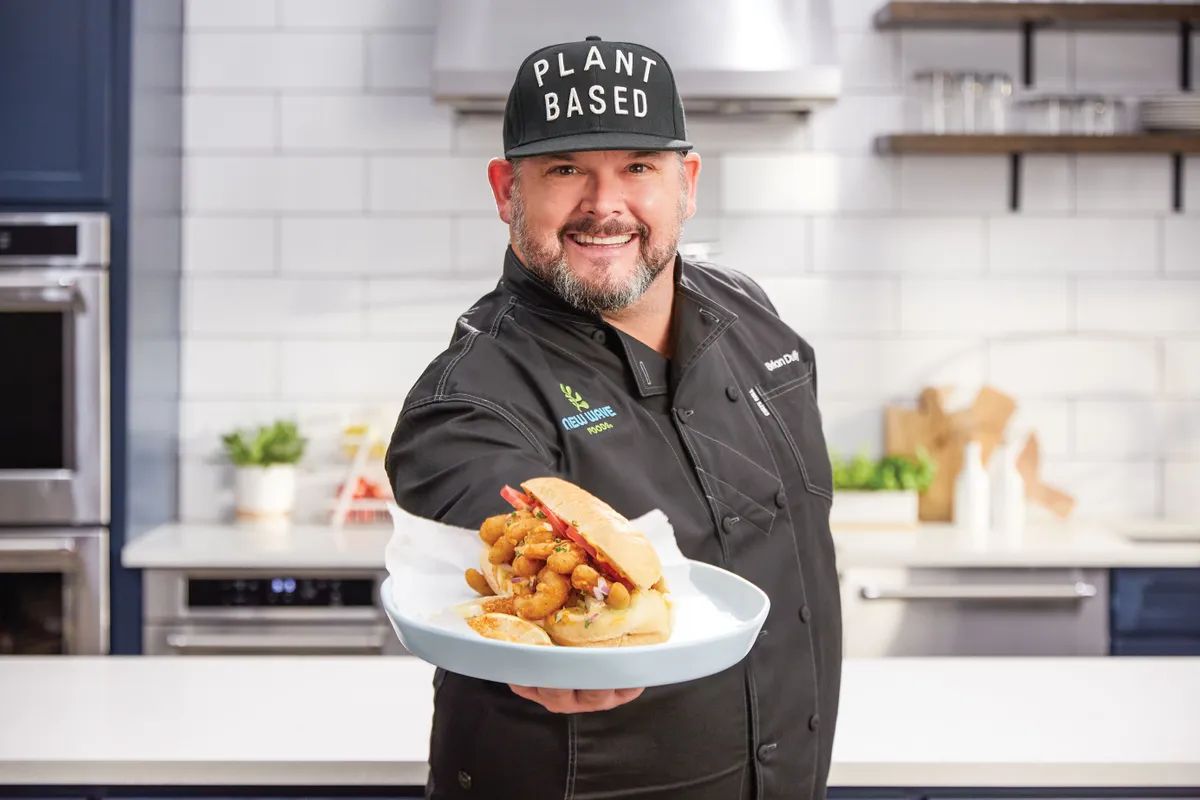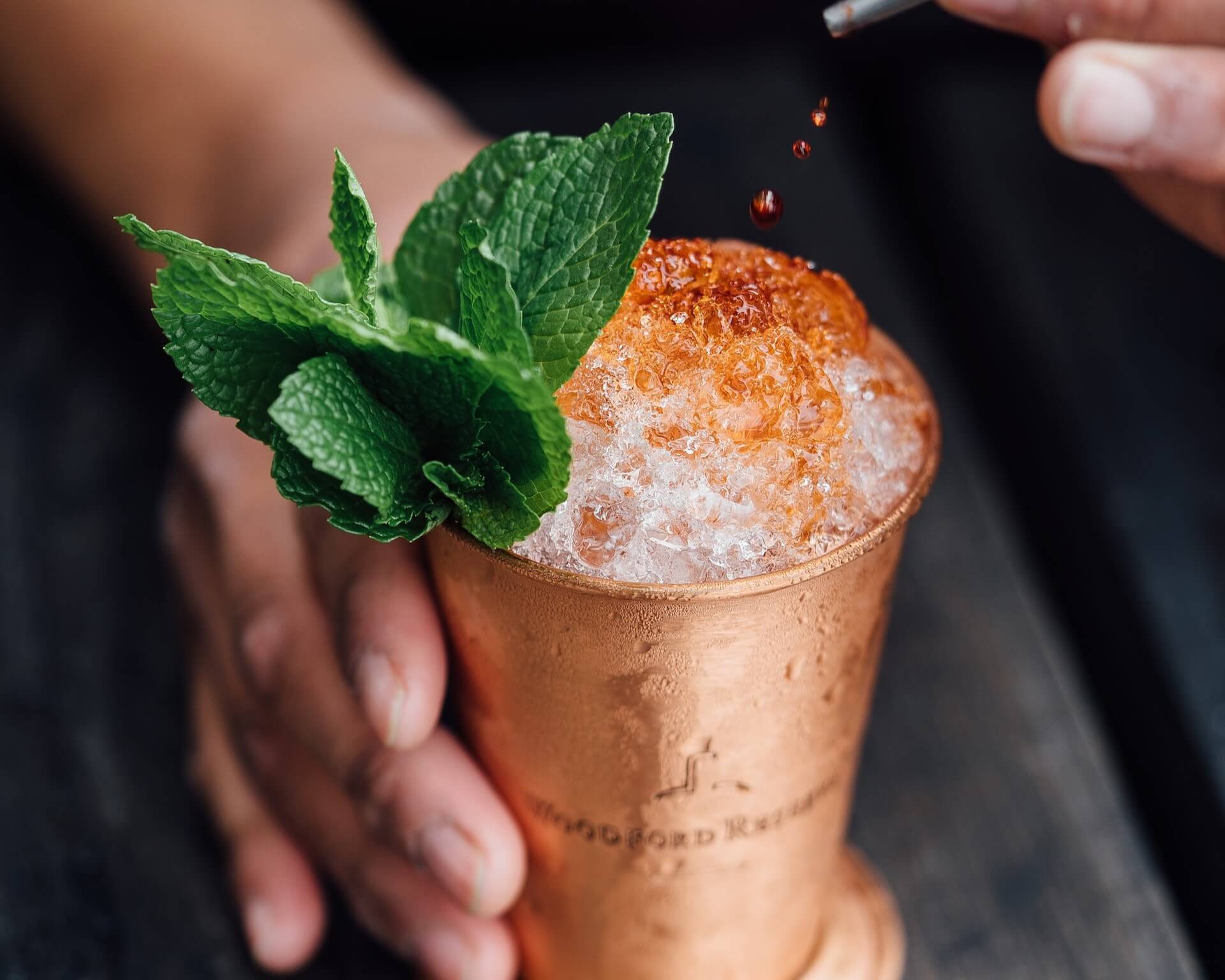5 Books to Read this Month: June 2023
by David Klemt

Our engaging and informative June book selections will take your front and back of house to the next level, and help develop your leadership skills.
To review the book recommendations from May 2023, click here.
Let’s jump in!
Start with Why: How Great Leaders Inspire Everyone to Take Action
This book written by Simon Sinek is considered one of the best books ever written about leadership. “Start with Why” isn’t just a clever title, it’s an important beginning point for all entrepreneurs and leaders.
Further, this book introduces the reader to what Sinek calls the Golden Circle. True leaders don’t micromanage. They don’t just delegate. Effective leaders inspire their teams, providing more motivation than, “Do what I say.” Grab this best seller today: click here.
The Sioux Chef’s Indigenous Kitchen
We saw this book while we were walking the floor in Chicago at the 2023 National Restaurant Association Show. I snapped a photo, looked up the book, and not only has it been named the Best Cookbook of 2017 by several publications, it’s also the 2018 James Beard Award winner for Best American Cookbook.
From Amazon: “Here is real food—our indigenous American fruits and vegetables, the wild and foraged ingredients, game and fish. Locally sourced, seasonal, “clean” ingredients and nose-to-tail cooking are nothing new to Sean Sherman, the Oglala Lakota chef and founder of The Sioux Chef. In his breakout book, The Sioux Chef’s Indigenous Kitchen, Sherman shares his approach to creating boldly seasoned foods that are vibrant, healthful, at once elegant and easy.”
The Maison Premiere Almanac
If you’ve been the Maison Premiere in Brooklyn, you know it’s a unique experience. That’s saying a lot given the level of the bars, restaurants, and hotels in that iconic borough. One of the standout features is an “absinthe drip” that was inspired by the legendary New Orleans saloon Old Absinthe House.
From Amazon: “As captivating as the bar itself, The Maison Premiere Almanac is both a visual delight—drawing on photography, illustration, and graphic design—and a detailed guide to the rarefied subjects that make Maison Premiere unique, including deep explorations into the art of the cocktail and cutting-edge bartending techniques and equipment.
“There are also primers on absinthe (a Maison specialty) and recipes for highly refined cocktails, including martinis, toddys, punches, and mint juleps. Tutorials on oysters include how to confidently select and prepare them at home and how to eat them with style. And while packed with curious information and useful knowledge on cocktails and bartending for both enthusiastic beginner bartenders and seasoned cocktail lovers, the Almanac is also a visually arresting objet d’art that will make a perfect addition to any bookshelf.” For all of this and 90 recipes, click here.
Tropical Standard: Cocktail Techniques & Reinvented Recipes
This book is the result of a collaboration between bartender Garret Richard and writer Ben Schaffer. As every great bartender knows, producing great drinks comes down to technique and understanding ratios.
From Amazon: “Crucial techniques are clearly detailed, including how to balance syrups, flash blend, handle carbonation, tackle tinctures, cordialize citrus, and power up juice with acid adjusting. Over the course of 84 recipes, vintage cocktails like the Rum Barrel, Mai Tai, and Ray’s Mistake are reimagined just as future classics are revealed, including the Beachcomber Negroni, Winter in L.A., and Field of Mars. These drinks honor founding legends such as Donn Beach, Trader Vic, and Harry Yee as well as modern icons, including Dale DeGroff, Audrey Saunders, Julie Reiner, and Dave Arnold.”
The Seasonal Cocktail
All the data support the statement that today’s guests are choosing to drink better. Better spirits, better ingredients, better drinks.
The Seasonal Cocktail is the perfect cocktail book for addressing this change in consumer behavior. Author Jason Hedges is the mastermind behind several of the world’s best cocktail programs, such as L’Ecole and Gotham. F. Paul Pacult has been called “the J.D. Power of liquor,” which is an incredible endorsement.
Together, these two beverage powerhouses share what it takes to build sophisticated yet simple seasonal drinks. Timely, given that we’re now hitting the summer months. Click here to grab this book now.

















